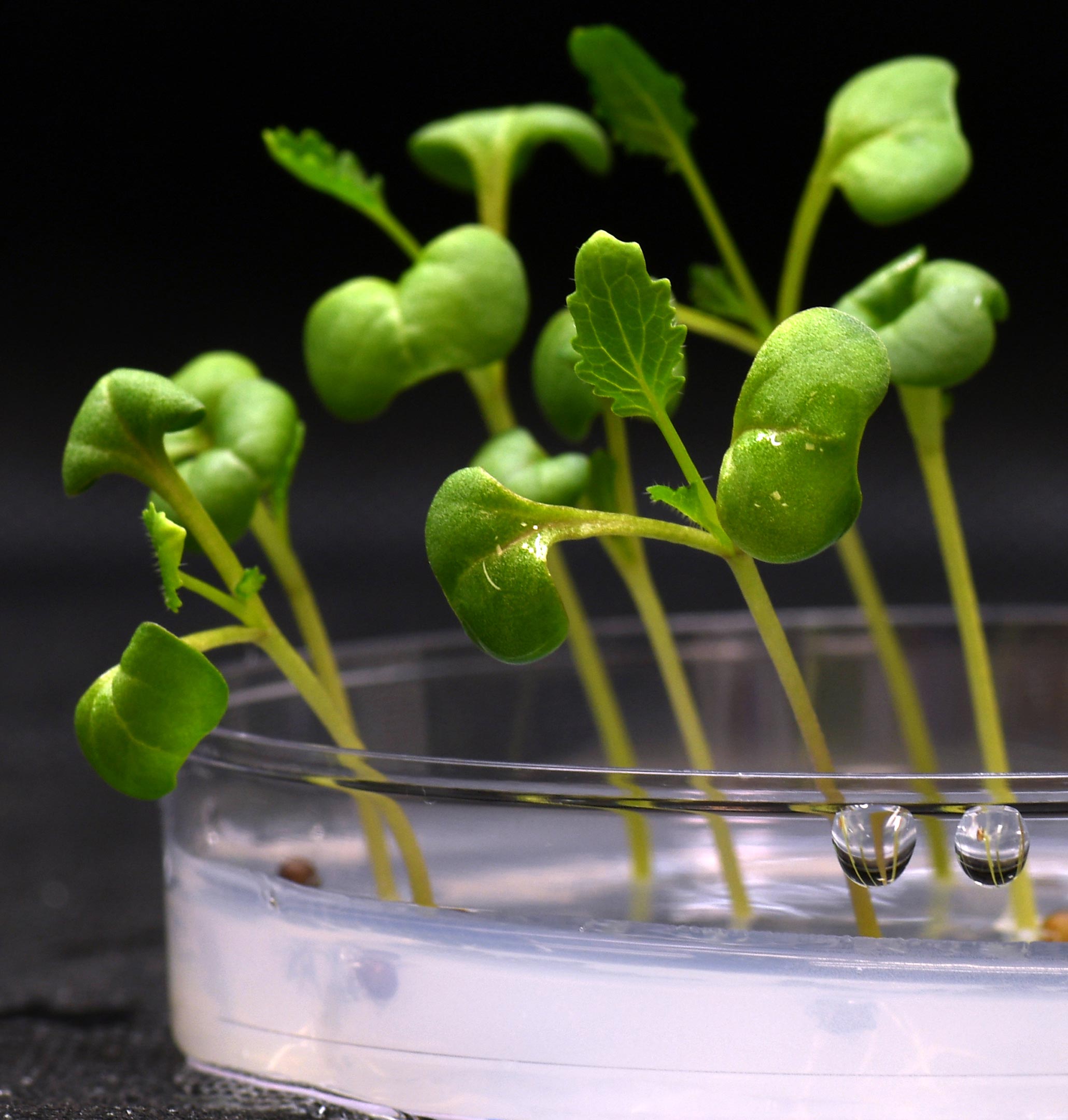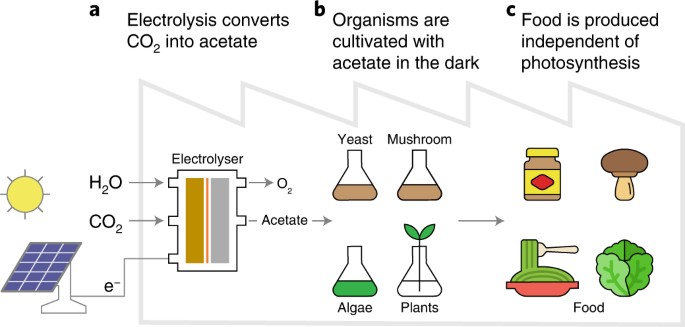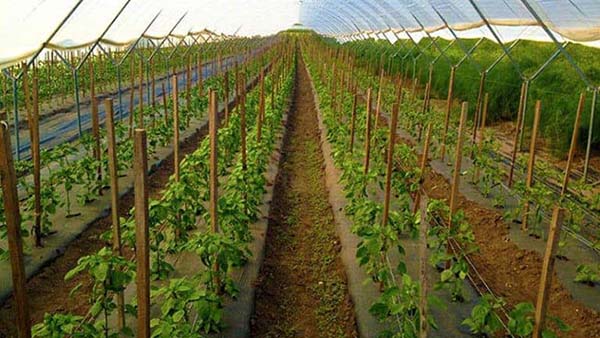I ran across this article today about artificial photosynthesis and am interested in the implications this could have on cannabis cultivation.
If we are able to artificially cause photosynthesis grow lights could quite possibly become obsolete. Not only is this process more efficient than traditional photosynthesis (the article claims up to 18 times more efficient) but would also allow for you to grow a flowering plant next to a plant in a vegetative state.
Just curious what everyones thoughts are. Do you think this could be the future of growing?
https://scitechdaily-com.cdn.ampproject.org/v/s/scitechdaily.com/artificial-photosynthesis-can-produce-food-in-complete-darkness/amp/?amp_gsa=1&_js_v=a9&usqp=mq331AQIKAGwASCAAgM%3D#amp_tf=From%20%251%24s&aoh=16562599202948&csi=0&referrer=https%3A%2F%2Fwww.google.com&share=https%3A%2F%2Fscitechdaily.com%2Fartificial-photosynthesis-can-produce-food-in-complete-darkness%2F
If we are able to artificially cause photosynthesis grow lights could quite possibly become obsolete. Not only is this process more efficient than traditional photosynthesis (the article claims up to 18 times more efficient) but would also allow for you to grow a flowering plant next to a plant in a vegetative state.
Just curious what everyones thoughts are. Do you think this could be the future of growing?
https://scitechdaily-com.cdn.ampproject.org/v/s/scitechdaily.com/artificial-photosynthesis-can-produce-food-in-complete-darkness/amp/?amp_gsa=1&_js_v=a9&usqp=mq331AQIKAGwASCAAgM%3D#amp_tf=From%20%251%24s&aoh=16562599202948&csi=0&referrer=https%3A%2F%2Fwww.google.com&share=https%3A%2F%2Fscitechdaily.com%2Fartificial-photosynthesis-can-produce-food-in-complete-darkness%2F
Last edited:





